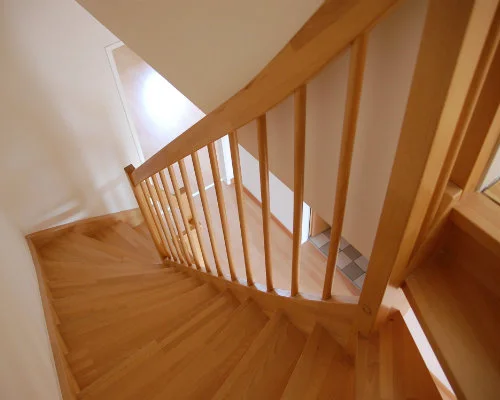Winter can take a real toll on your home’s plumbing. As the temperatures are rising in spring, many homeowners find they are dealing with a few smaller problems popping up.
If you experienced frozen pipes during the winter, you’ll want to pay special attention to your plumbing, as the expansion of ice within the pipes can lead to cracks or even a full burst.
Below we’ll go through some of the common spring plumbing problems to keep an eye out for.
Typical Spring Plumbing Issues
1. Foundation shift
Extreme weather, like heavy rains, can cause movement beneath your home.
When the ground below becomes too saturated to absorb more water, a shift will occur and your home could suffer various leaks.
If left unnoticed for too long, your water bill will see a spike, since pipes could be damaged. You’ll want to call a professional to check it out.
- Avoid this by keeping an eye on your plumbing and immediately turn off the water if you notice any major changes.
2. Cracked Water Pipes
Frozen pipes can lead to serious issues in warmer weather. And while the consequences have the potential to be detrimental to your home, there are some easy steps you can take to prevent damage.
- Avoid this by insulating your pipes or turning off your water altogether when temperatures are very low.
3. Sink or Tub Not Draining
Maybe you enjoyed a few bath bombs to get yourself through the long winter or you had to give the family pet a bath — you can’t exactly hose them off outside when the temperature is cold!
Either way it’s normal to see your bath or sink accumulate different things over the seasons. Clogged drains aren’t the worst problem to run into and you have many options when it comes to this issue.
- Avoid this by cleaning the drain stopper frequently; make it easy on yourself by cleaning it weekly and it won’t have a chance to get so gross.
Are you one of the lucky few that haven’t come across one of these typical spring plumbing problems?
There are still a few things you can do to make sure your plumbing is in line, so you can spend more time outside enjoying the warm weather!
- Clean and inspect your roof gutters. Remove debris and make any repairs now to save yourself from bigger problems down the line.
- Test the sump pump which may have frozen in winter and won’t be able to properly do its job now. If broken or working erratically, you may consider a professional maintenance.
- Check for leaks around different parts of your home, especially around the hose bibs (the low, outdoor faucet).
We hope that you find these tips useful and can avoid any major issues so that you can get straight into enjoying the spring season! If you want to save yourself time and trouble go ahead and schedule a full inspection with us!
EIG guarantees an inspection within 48 hours of scheduling.
We’re Here to Help





